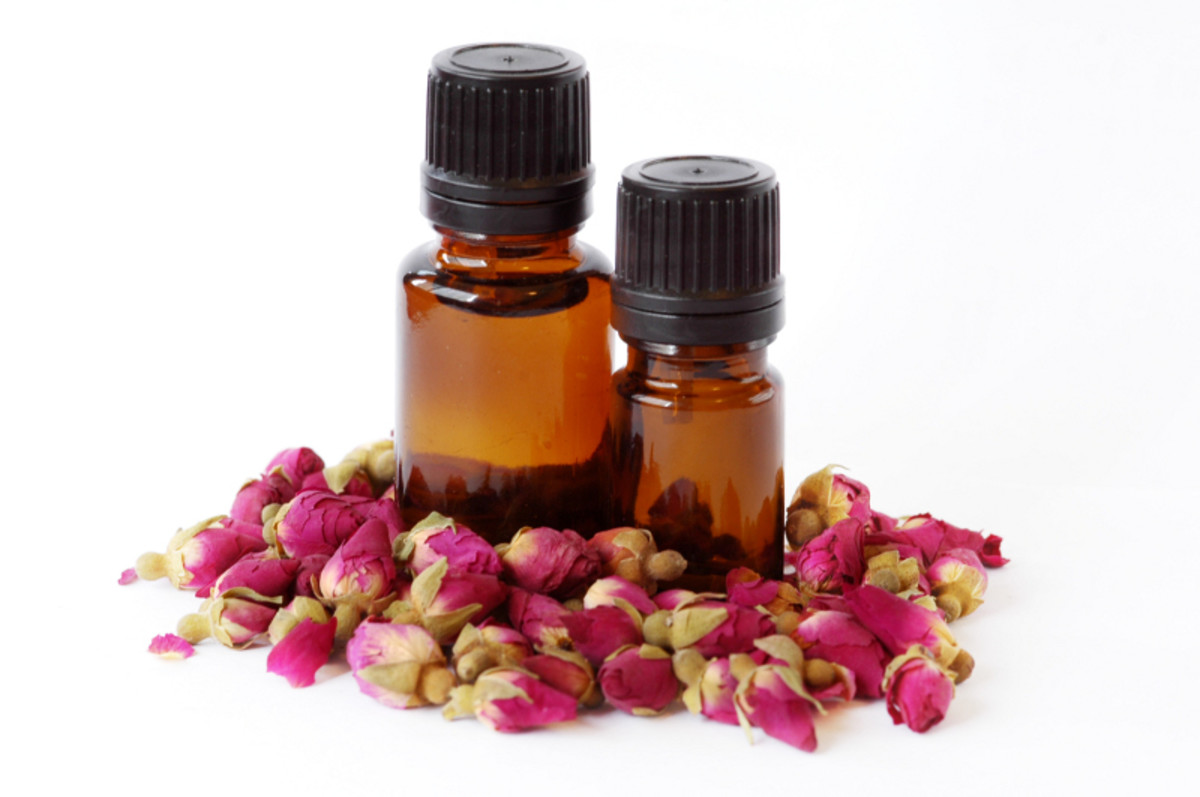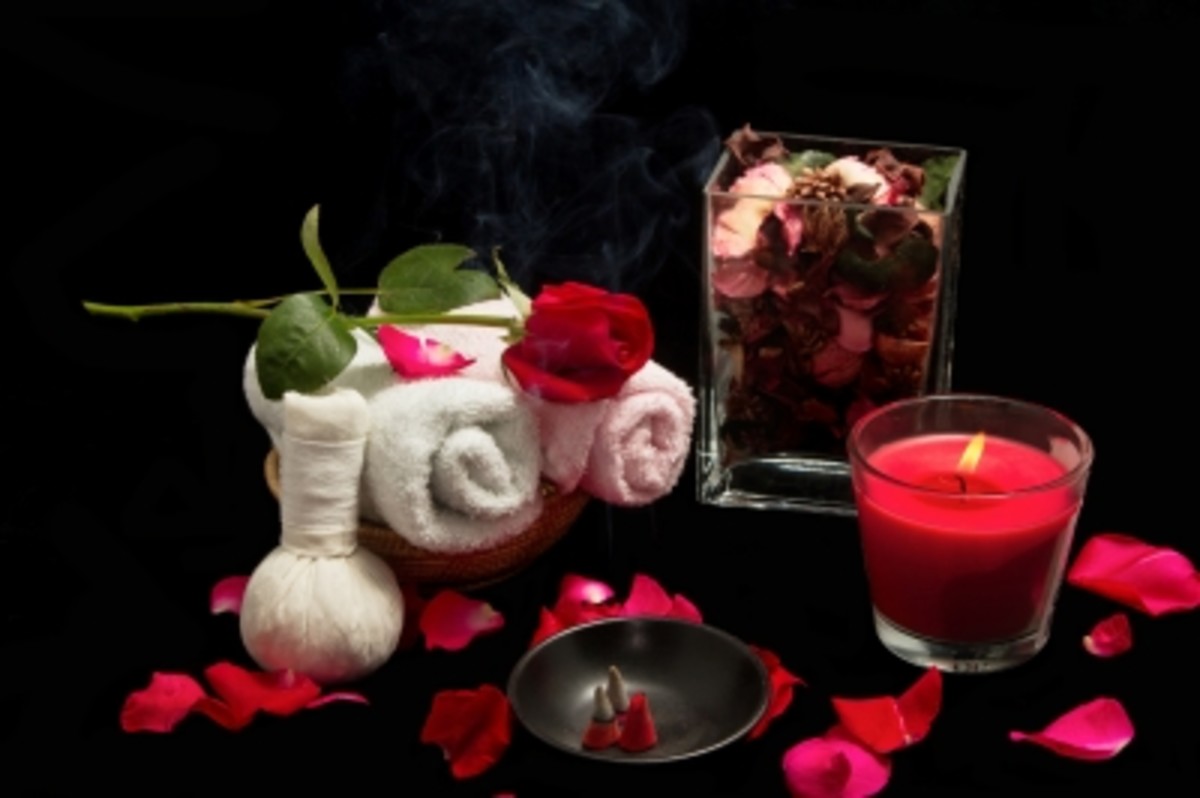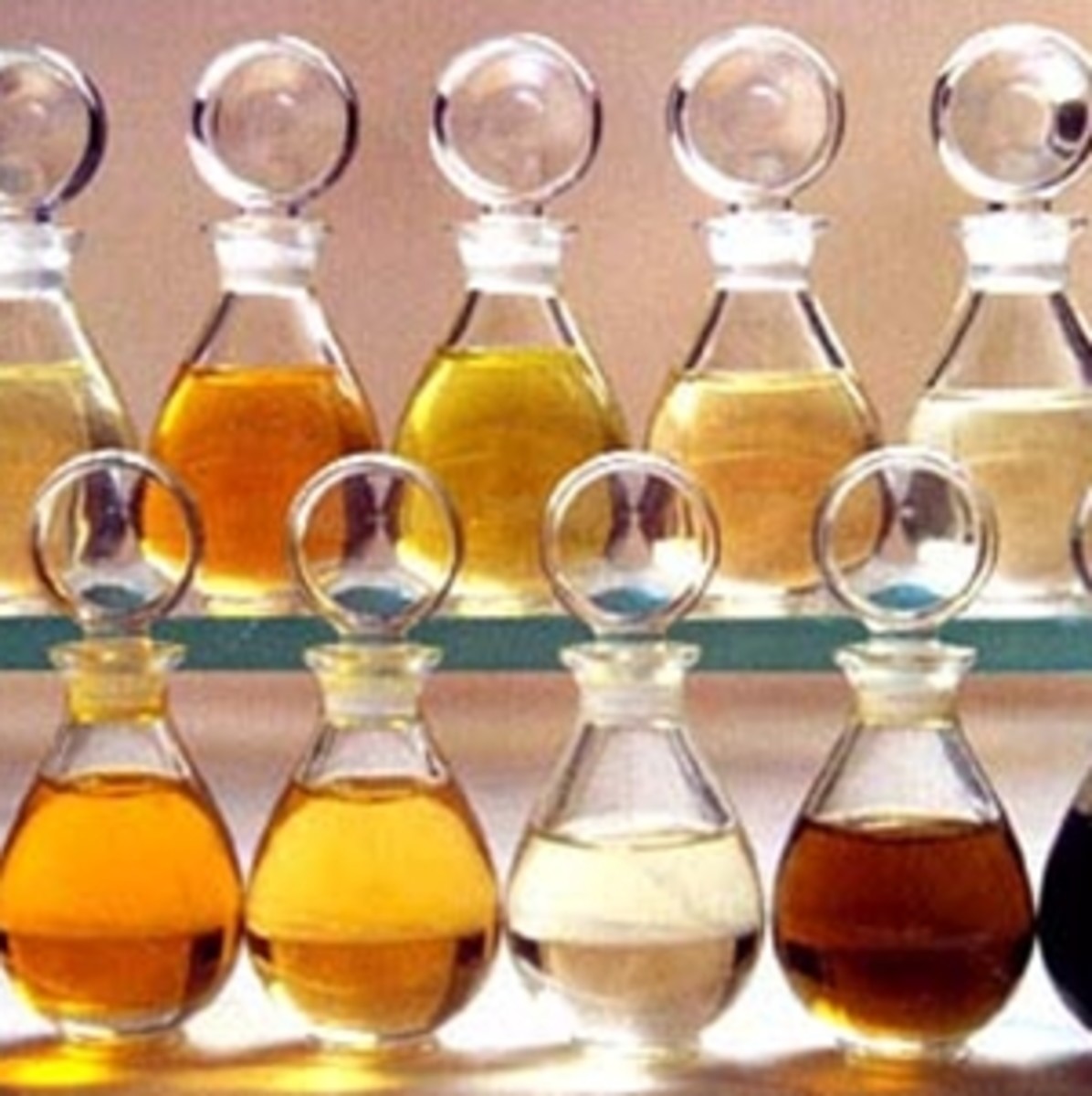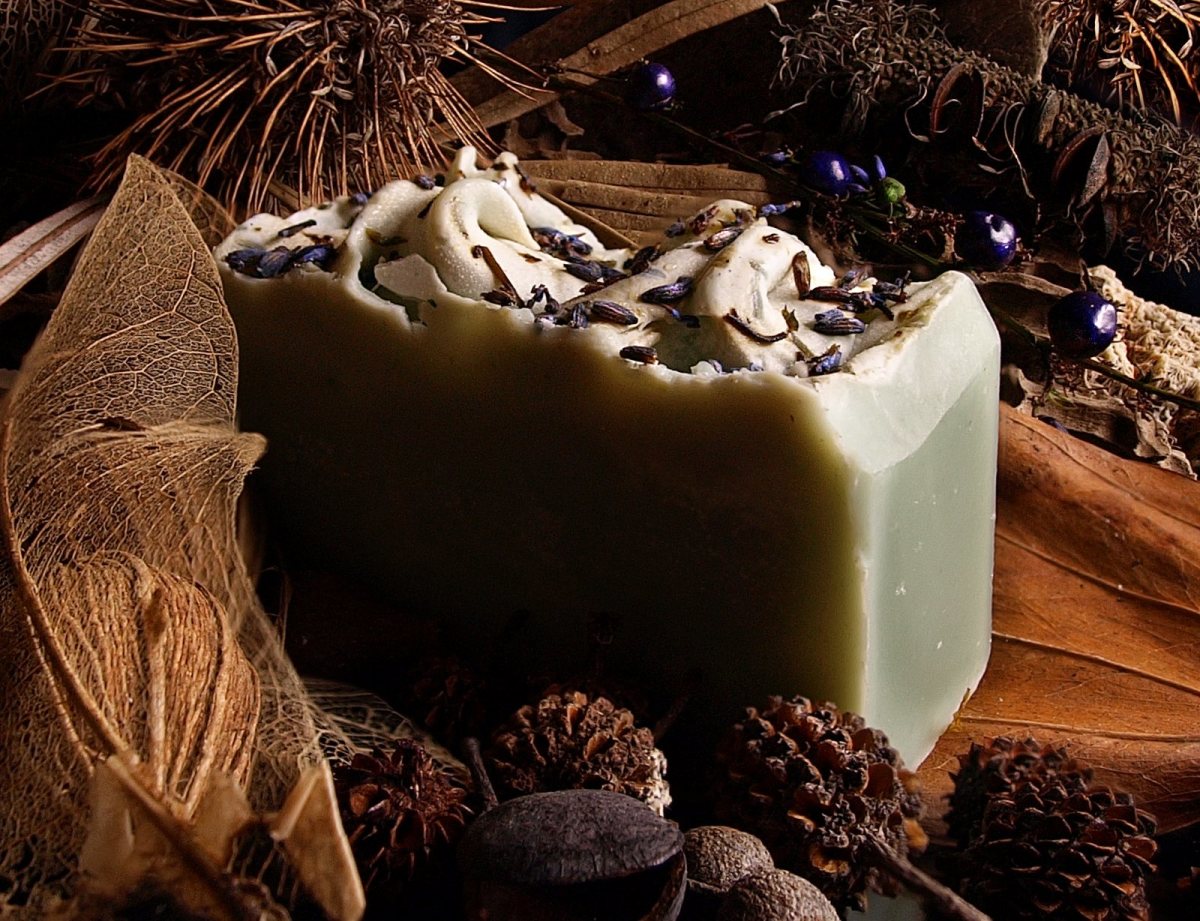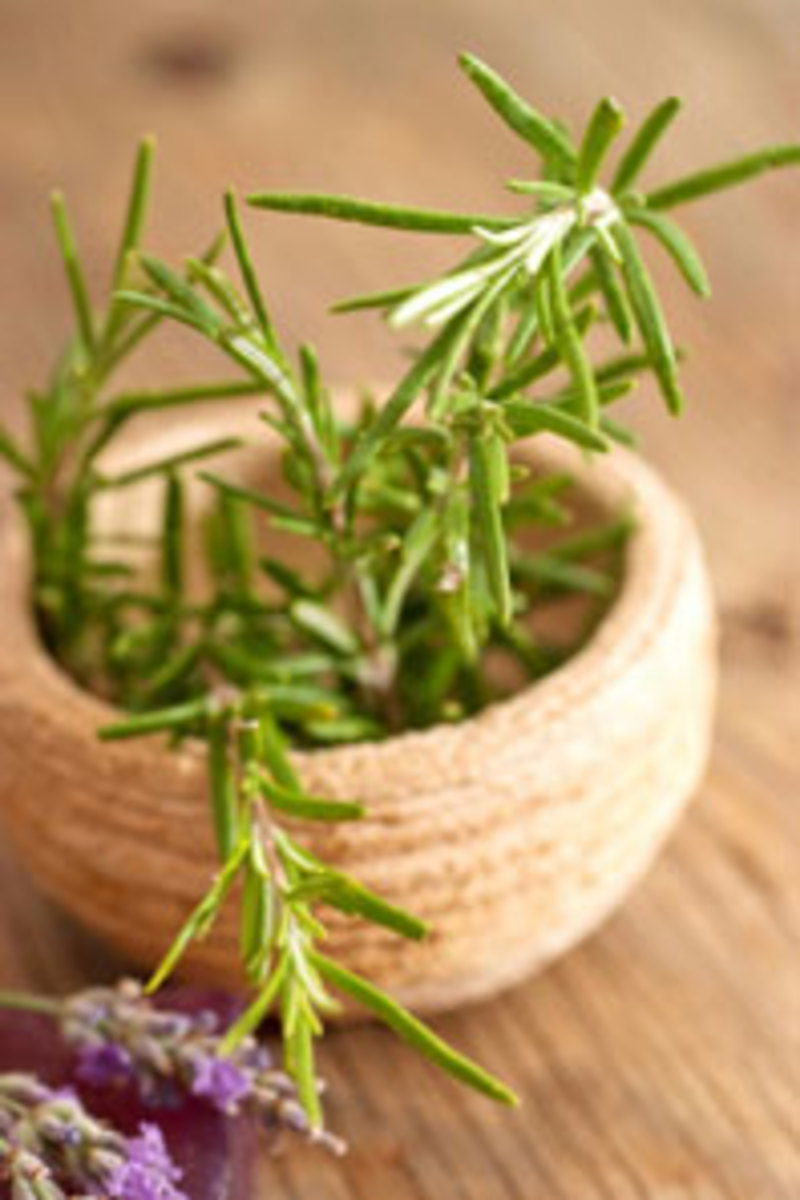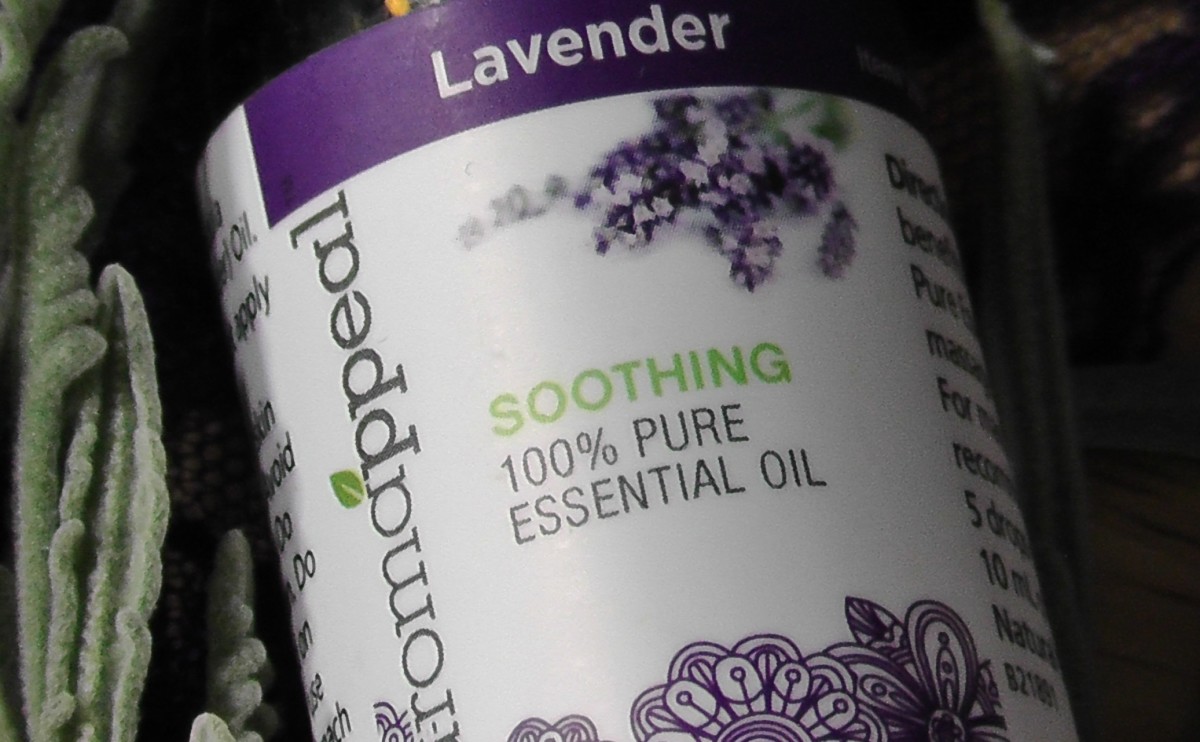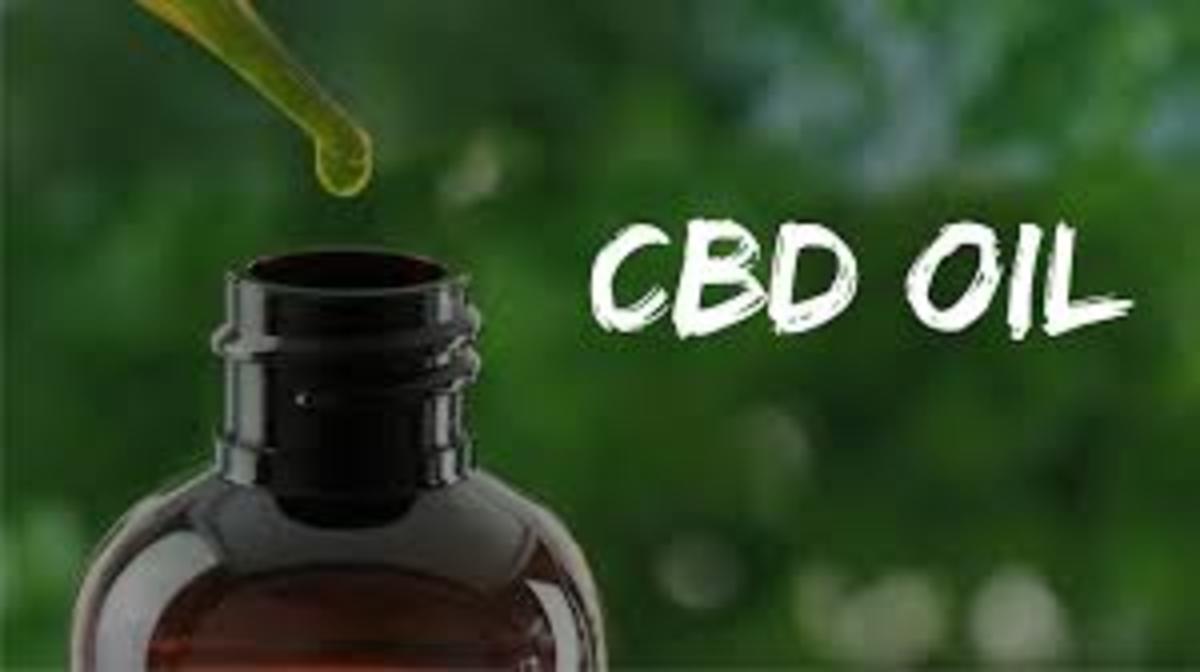Aromatherapy Oils
Aromatherapy
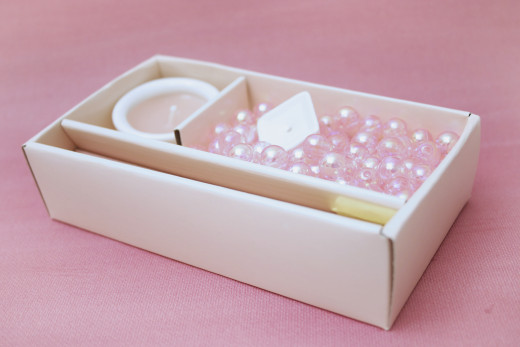
Scents
All plants on this earth have a scent.
Some plants smell very strongly, others less so.
While most plants produce volatile organic compounds (VOCs) that can be detected as scents, some have odors so faint they’re imperceptible to humans without sensitive equipment.
These fragrances are formed under the sun's influence and stored in small cavities and channels in the plant.
For all we know, plants use them to promote (attract insects) and strengthen (similar to human hormones).
The Alternative Medicine Known as Aromatherapy
There are many forms of alternative medicine, one of which is aromatherapy.
The practice is centered around volatile plant materials, known as essential oils as well as other aromatic compounds made from plants and used to impact an individual's physical or psychological health.
Essential oils are not the same as herbal preparations because oils are distilled from the plant elements of root, stem, leaves, and flowers.
The oils are rich in monoterpenes, sesquiterpenes, esters, aromatic compounds, non-terpene hydrocarbons, and other organic sulfides.
There are many uses for essential oils, including being used along with massage therapy, as a topical application, and as a preparation to be inhaled in steam.
There are many other ways to apply these essential oils including by aerial diffusion and also oral, rectal, and vaginal routes.
Aromatherapy is practiced worldwide, including China, France, Germany, and the United States.
There are many claims made by those using aromatherapy, including its antibacterial, antiviral, antifungal, anti-inflammatory, anxiolytic, antispasmodic, and antioxidant properties. But it lacks strong clinical backing for most oils.
There are many uses for essential oils, such as to lift someone in depression or to relieve headaches by using basil or citronella, or bergamot as an insect repellant.
Clove oil has been used in dentistry as a topical analgesic and also as an antiseptic, and an antispasmodic.
Many individuals swear by Eucalyptus oil when they have a cold or the flu.
Lavender oil is often used as a disinfectant or to soothe minor cuts and burns irritation.
Different parts of the plant are used in the essential oils. For instance, the fruit of the Hops plant is used, and the flowers are used from Chamomile and Cannabis plants.
The leaves are used in the Salvia, Lemon balm, Lavender, and Eucalyptus plants.
Many individuals use aromatherapy as a holistic way of caring for their body. The oils can alleviate tension and ease fatigue while invigorating the body.
If you are anxious, depressed, or fatigued, using certain essential oils can help to relax you, and when inhaled, the oils are absorbed through the lungs and travel to the bloodstream, where they can affect the brain and nervous system.
Essential oils have not only therapeutic and psychological value but physical benefits, too.
It is being recognized today as one of the fastest-growing fields of alternative medicine.
Hospitals and clinics are now using aromatherapy to ease pain and to calm patients.
Self-care products are also available for individuals to use.
It is important to note, though, that if you are using an essential oil for the first time it is an excellent idea to read all instructions and safety rules before using especially if you have any health concerns.
When purchasing essential oils, always buy from reputable companies that stand by their products and provide refunds.
Check to be sure your product is pure and natural. And make sure it is safe to use for safety for oral/rectal/vaginal routes.
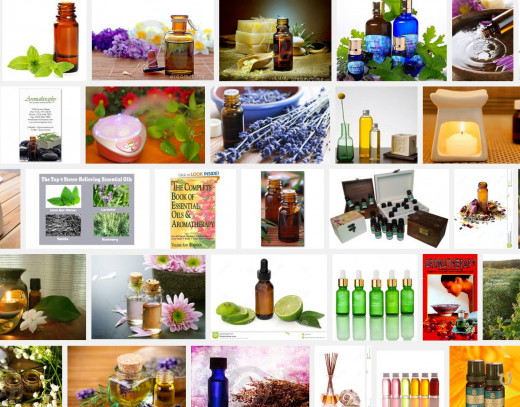
Aromatherapy?
Do you ever use aromatherpay?
The Founding Of Aromatherapy-Part I
The founding of aromatherapy
First part of a 40 minutes long documentary film about the founding of aromatherapy and René-Maurice Gattefossé. The film was commissioned by http://www.gattefosse.com to "Pelicula" in 2005. You can see the second and third part below.
Aromatherapy
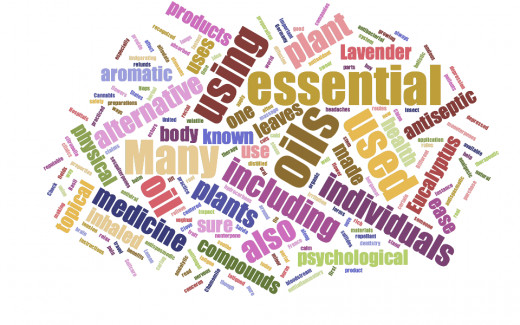
The Founding Of Aromatherapy-Part II
The History in Brief for Those Interested in Aromatherapy
Most individuals interested in aromatherapy know that it is a practice where plant oils are used to make a person physically or psychologically feel better. The term aromatherapy did not describe the use of volatile plant oils until approximately the 20th century.
The history of using essential oils in aromatherapy is varied and exciting.
The practice of using oils dates back almost to approx Egypt ~3000 BCE.
The people of China were among the first to understand the use of aromatic plants as they used burning incense to create harmony and balance.
The Egyptians then invented a rude distillation machine that could extract cedarwood oil.
History is clear on the fact that the Egyptians used cedarwood oil, clove oil, oil of cinnamon, nutmeg and myrrh to embalm their dead.
The Egyptians used both distilled and infused oils. However, the use of aromatic plants (e.g., incense) for harmony is plausible, though records are sparse pre-1000 CE.
Much like today, the Egyptians used oils for herbal preparations for spiritual ceremonies, medicinal purposes, and fragrance and beauty.
History mentions the use of essential oils by the Greeks and, in particular, by Hippocrates, who was commonly called the "father of medicine" and used both aromatic and medicinal plant oils.
Through the knowledge gained by the Chinese, Egyptians, and Greeks, the Romans recorded the 500 or so plants; specifically, Dioscorides, a Roman, wrote a book titled De Materia Medica.
The book described the properties of 500 or so plants in detail.
Advances were made in distilling oils in the 12 century in Germany when lavender was distilled for medicinal purposes.
This was followed by the pharmaceutical industry being born in the 13th century.
During the 15th century there grew a larger base of knowledge about the use of plants for essential oils and more plants were distilled to create new oils such as the frankincense, juniper, rose, sage and rosemary.
The actual term "essence" came from an alchemist named Paracelsus.
It wasn't until the 16th century that individuals could buy essential oils and were termed an "apothecary."
Later in the 20th century, a French chemist, René-Maurice Gattefossé, began to recognize essential oils for their medicinal use.
He was later credited with coming up with the term "aromatherapy" as he wrote an article titled: Aromathérapie: Les Huiles essentielles hormones végétales.
Much later, the English version came into existence, and it is still in print today.
The English version is titled Gattefossé's Aromatherapy.
Advances continued to be made in aromatherapy in the 20th century by other well-known aromatherapists including Jean Valnet, Madam Marguerite Maury, and also Robert B. Tisserand.
Other favorite books were written on Aromatherapy, including The Practice of Aromatherapy and The Art of Aromatherapy, which was the first book on the subject to be printed in the English language.
The Founding Of Aromatherapy-Part III
Aromatherapy
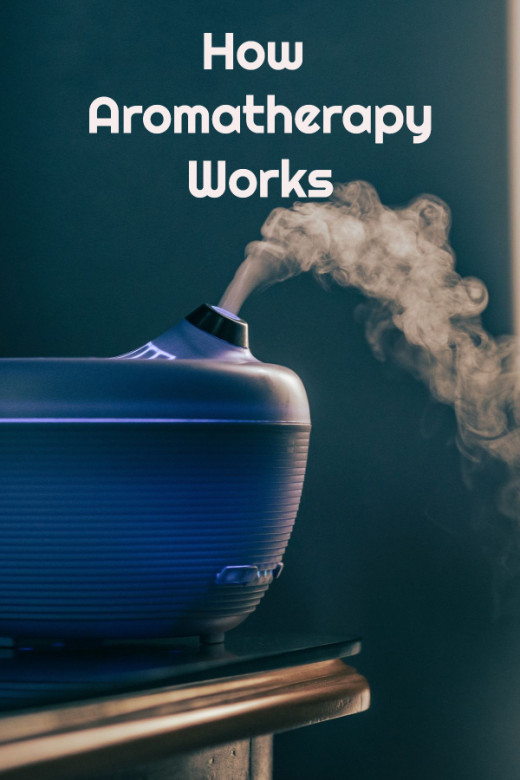
Aromatherapy Oils
- Aromatherapy Baths With Essential Oils
The choice of aromatherapy application creates a major impact on the effectiveness of using aromatherapy. It determines how easily the helpful properties of the oil are absorbed by the body and acts on those imbalances to improve overall function. .. - Best Carrier Oils for Homemade Perfumes Recipes and ...
Which Carrier Oils do you use for homemade perfume recipes and homemade Aromatherapy recipes? For Aromatherapy Fragrances Recipes, carrier oils use as a base or use dilute essential oils. A lot homemade perfume recipes use carrier oil in the same... - Aromatherapy Products, Home Aromatherapy Skin Care T...
Learn how to use aromatherapy pure essential oils to make your own Beauty Treatment and Skin Care Aromatherapy Products

